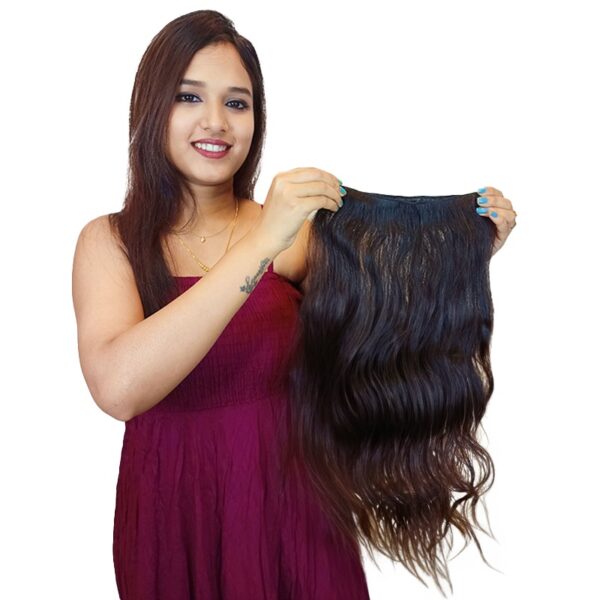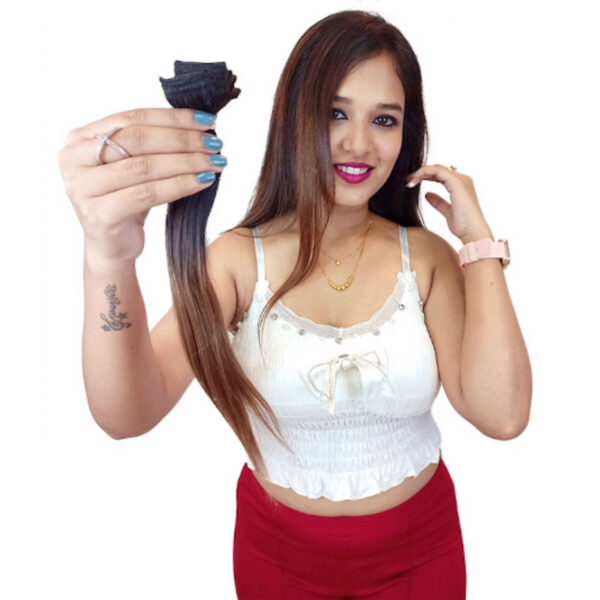
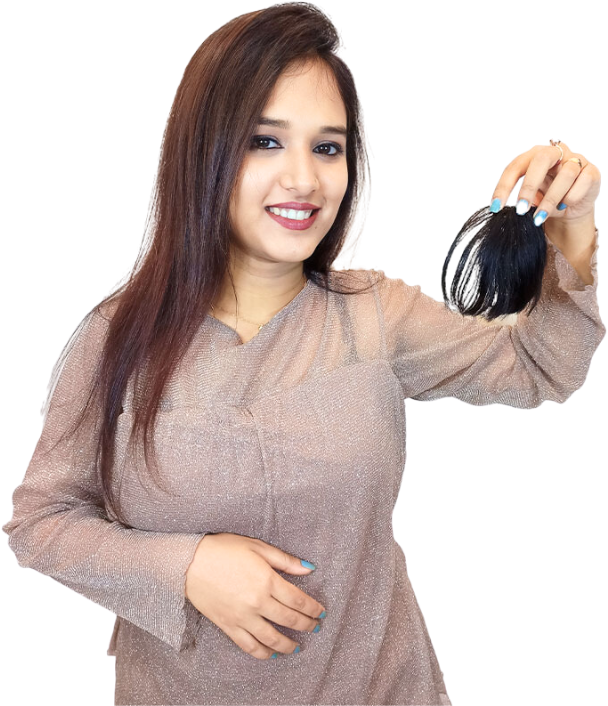




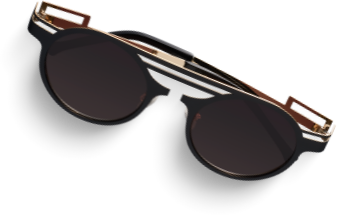










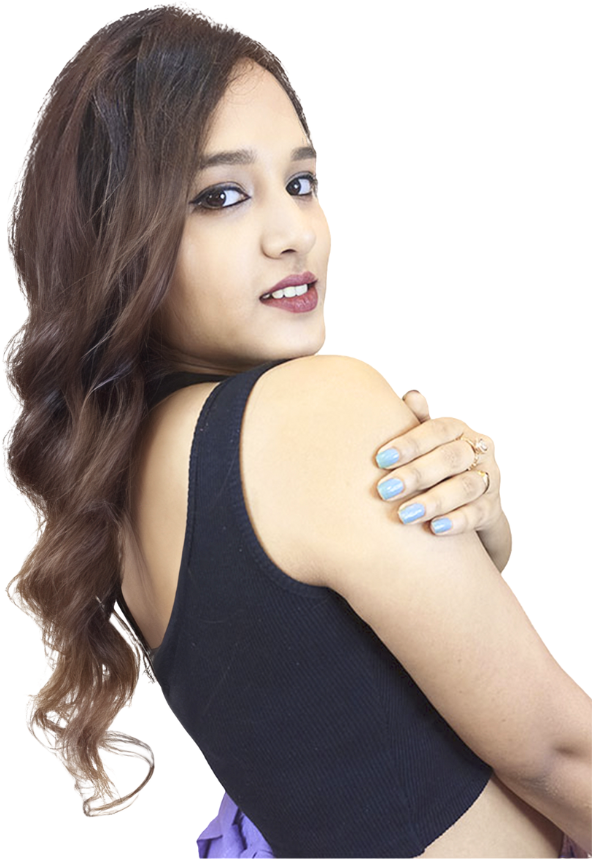





Our Latest Products


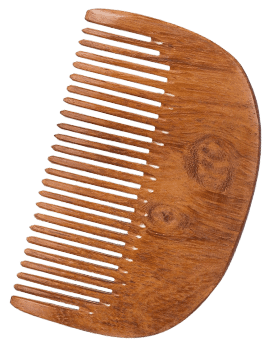


Best Sellers
-25%
-75%
Rated 5.00 out of 5
20
Get Gorgeous Volume in Minutes with Our 2 Set Clip-in Hair Volumizer!
₹2,960 – ₹7,990Price range: ₹2,960 through ₹7,99075% Off
-25%
Rated 5.00 out of 5
23
Burgundy Highlighted Clip-in Streaks
₹500 – ₹5,200Price range: ₹500 through ₹5,200
-25%
Rated 5.00 out of 5
15
3 Set Clip-in Hair Volumizer
₹6,900 – ₹16,800Price range: ₹6,900 through ₹16,800For Styling & More!
-25%
₹1,800 Original price was: ₹1,800.₹1,350Current price is: ₹1,350.
Rated 5.00 out of 5
15
Clip-in Bangs
-25%
Rated 5.00 out of 5
21
Caramel Brown Highlighted Clip-in Streaks
₹500 – ₹5,200Price range: ₹500 through ₹5,200
-25%
Rated 5.00 out of 5
23
Burgundy Highlighted Clip-in Streaks
₹500 – ₹5,200Price range: ₹500 through ₹5,200
-25%
Rated 5.00 out of 5
22
Persian Blue Highlighted Clip-in Streaks
₹500 – ₹5,200Price range: ₹500 through ₹5,200Why Shop with Awe Hair International?
Quality Assured
We use strict processes and quality checks in our virgin Indian hair extensions and wigs. We do not use any synthetic products.
Completely Cruelty-Free
We do not perform any test of our products on animals. We do not compromise with our ethics.
Hair Sourcing
At Awe Hair International, we only ethically source high quality virgin hair. Thus we can meet our clients’ demands and serve them without fail.
Customer Favorites!

Empower Yourself Get the hair you want to feel
Shop now
-25%
Rated 5.00 out of 5
23
Burgundy Highlighted Clip-in Streaks
₹500 – ₹5,200Price range: ₹500 through ₹5,200
-25%
Rated 5.00 out of 5
22
Persian Blue Highlighted Clip-in Streaks
₹500 – ₹5,200Price range: ₹500 through ₹5,200
-25%
Rated 5.00 out of 5
21
Caramel Brown Highlighted Clip-in Streaks
₹500 – ₹5,200Price range: ₹500 through ₹5,200
-25%
Rated 5.00 out of 5
15
3 Set Clip-in Hair Volumizer
₹6,900 – ₹16,800Price range: ₹6,900 through ₹16,800Time to Glamour Up!
Achieve sky high confidence and turn heads with our stunning hair extensions.
Style
Quality
Price
Durability


I was blown away by the quality of Awe Hair's extensions. From the raw, unprocessed Indian hair to the seamless blend with my natural hair, it was a game-changer for me. Affordable yet high-quality, it's a total win-win!

Rimi Sen
I've finally found my dream hair with Awe Hair. Their virgin Indian hair extensions are top-notch, providing me with the versatility to switch between straight, wavy, and curly styles. The best part? I can customize them just the way I like!

Shobha Bose
Awe Hair's commitment to quality is second to none. They perform strict quality checks, ensuring that the extensions and wigs are of the highest standard. The absence of synthetic products is a breath of fresh air in the hair industry.

Teena Dhingra
Ethics matter to me, and Awe Hair has won my heart with their cruelty-free approach. It's comforting to know that no animals were harmed for my beauty. Their products have definitely made a positive impact on my hair and conscience.

Drishti Parekh
Awe Hair's ethically sourced, high-quality virgin hair has exceeded my expectations. I can now confidently flaunt my hair, knowing that it is sourced responsibly. Their commitment to meeting customer demands is commendable and keeps me coming back for more.

Kiran Nagar
Awe Hair's extensions have truly revolutionized my hair routine. The ultra-thin weft is not only comfortable but also invisible, giving my hair a natural and voluminous look. It's a must-have for anyone aiming for a luxurious hair transformation without any inconvenience.

Urvashi Guha
I'm in awe of Awe Hair! Their high-quality, budget-friendly hair extensions have enabled me to achieve my dream style. Whether it's wavy, curly, or straight hair, I can now have it all. The complete satisfaction I get from their products is unparalleled.

Kalyani Sura
What I value the most about Awe Hair is their commitment to quality and ethics. Knowing that the hair extensions I'm wearing have passed through stringent quality checks and are completely cruelty-free gives me immense satisfaction. I couldn't ask for more!

Uma Pathak




